These popular topics are heating up. Explore today's most viewed pages.
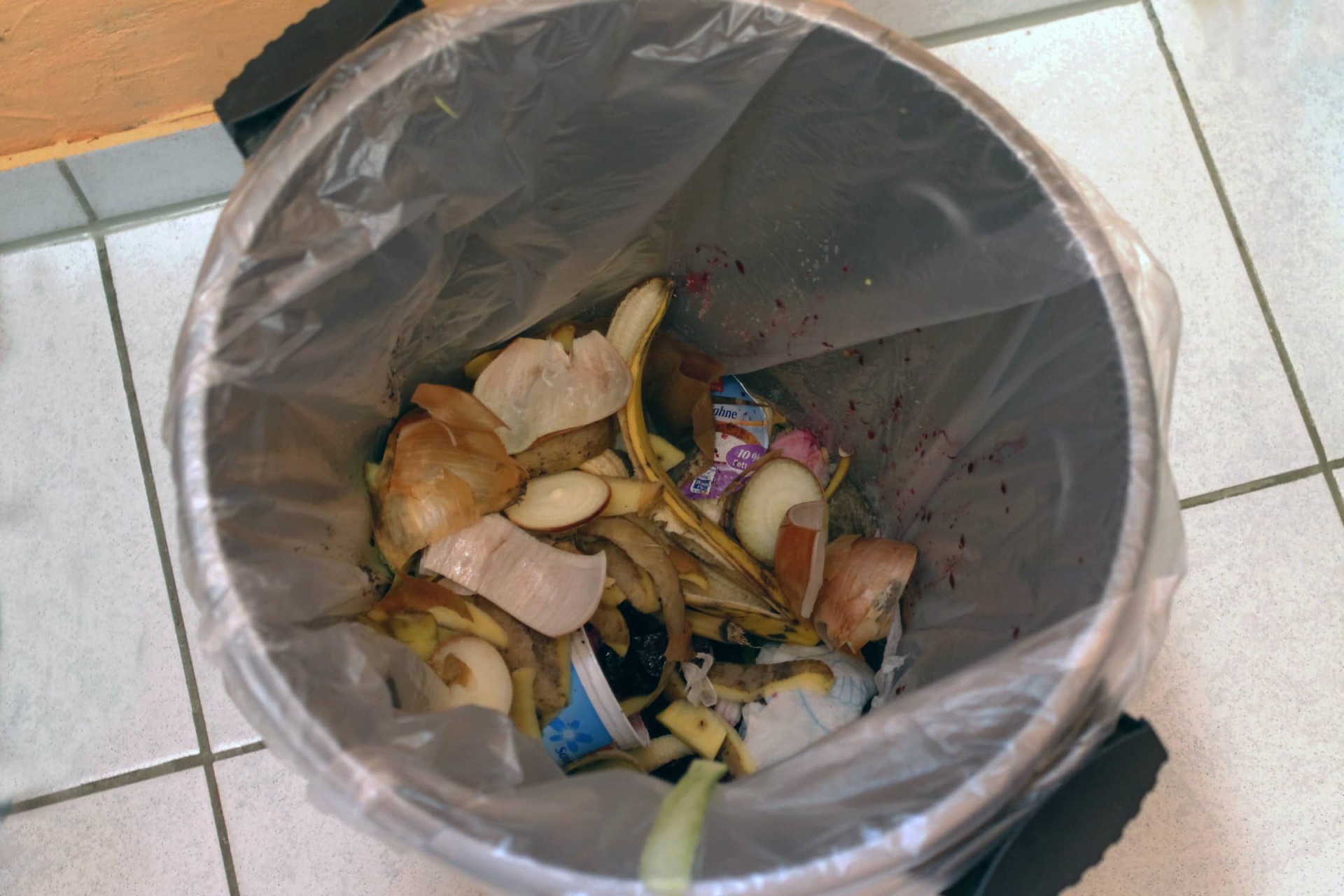
Take a look at your garbage and see what you’re throwing away the most of. My household has taken on a personal challenge, to reduce the amount we throw away over the course of the year. My two person household doesn't produce the same amount of garbage as the average 4+ member household annually but every little bit helps when it comes to reducing waste.
The first step is to take inventory, how much garbage is your household throwing away each week? Then take notes of what kind of things you are throwing in the garbage. Pay attention to your favorite foods and the containers they come in, how much paper you toss, even junk mail. Once you identify how much you produce and the biggest offenders you can start figuring out ways to reduce specific items.
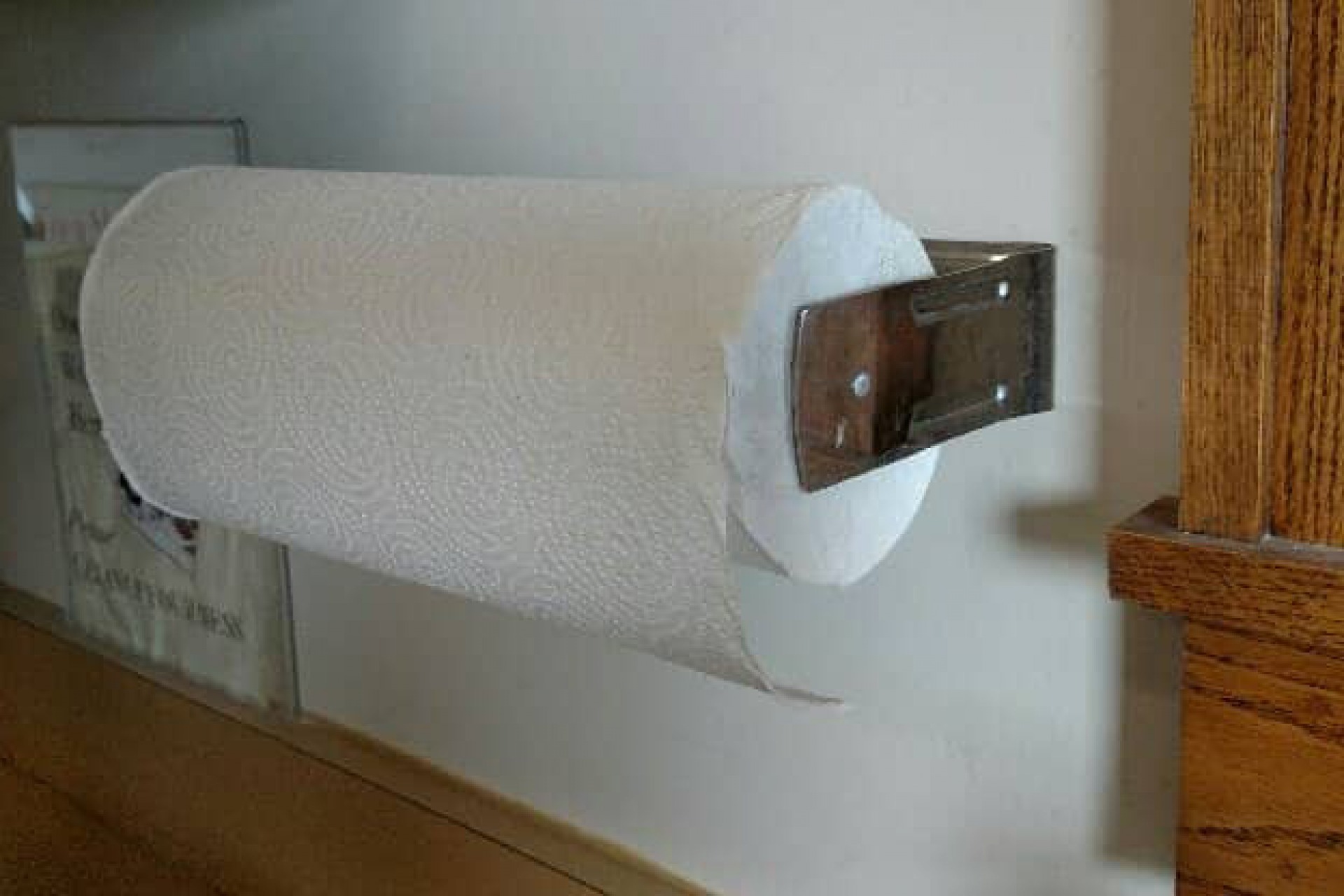
We noticed in our household that paper towels were a huge contributor into our garbage pile. I have two dogs and a cat and, as any pet owner knows, this means a never ending cycle of messes in need of cleaning up. Paper towels were also commonly used with dinner, to wipe hands, faces, counters, etc. Paper towels were our go-to item for cleaning messes of all kinds in our home and that really added up. So, we went cold turkey, we cut out paper towels, the day they ran out we didn’t replace them & we worked to identify reusable solutions instead. Instead of using paper products we have switched to cloth towels and napkins for everything. These items can be used, washed, and reused with little to no waste.
There has been a steep learning curve to switching from paper towels to fabric, shortly after we made this decision a pet decided to challenge my resolve in a very, VERY messy way. I looked at this mess and regretted my decision for a moment but a short internal pep talk later & I cleaned it up with cloth options that went into the washing machine with no difficulty & more importantly ... no waste! We also have separated our towels in to cleaning & non-cleaning categories. The older, more worn out towels are reserved for cleaning & pet messes while the nicer ones are held for dishes, human hands, and ... if need be napkins (because, let's be honest, that happens when the real napkins are all in the laundry).
Another large contributor to our trash was food packaging materials, specifically, excess packaging. Excess packaging includes all of those thing that you see but don't always notice, the bag of cereal that's inside of a box, the neat individually wrapped items in your store bought lunch kit all packed in yet another cardboard box, pudding or yogurt in individual cups wrapped together in cardboard and then shrink-wrapped in plastic. I don’t think I fully realized how much excess packaging exists on things that I purchase until I took our trash inventory.
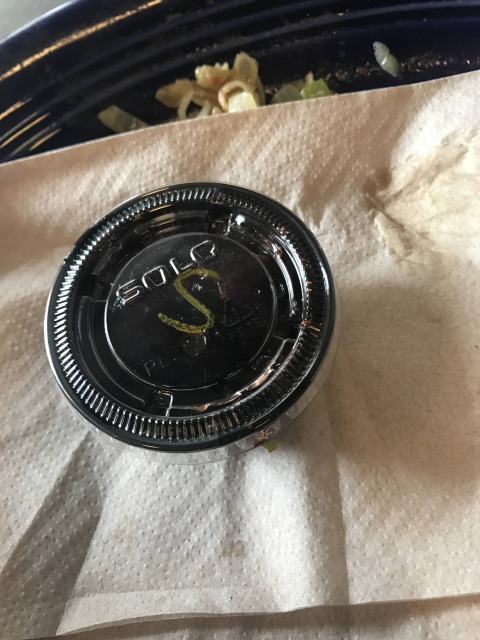 I’ve made a new effort when purchasing items to try to find things that have the least packaging with primarily recyclable materials. This has been a challenge. For example, we enjoy a cup of pudding as a treat from time to time but the only recyclable part of those pudding cups with the cardboard holding them all together, the cups are not recyclable in our area and so they contribute to plastic trash. Recycling regulations vary so check your local regulations to see what numbers of plastic are accepted in your area. Plastic numbered 1 through 5 is commonly recyclable in most areas and collection sites, but unfortunately number 7 plastic is harder to recycle but is a common plastic for convenience items like as grab and go products. My pudding cup ending up being a number 7 so they were not recyclable & the peel off lid was also garbage. To reduce this particular waste item I purchased packages of instant pudding to make at home and divide into reusable bowls. UNFORTUNATELY ... my bowls didn't have lids so without thinking I used plastic wrap - garbage. I told myself that this is a learning experience, so we learned and we moved on. I don’t know about you but my reusable containers and lids tend to grow legs and wander somewhere else. However reusable containers are very important to this endeavor so we have branched into glass containers with lids! We are also investigating the world of reusable sandwich bags & food wrap so stay tuned for that adventure coming soon. Overall we have not directly changed our eating habits but have instead worked towards finding ways to make what we eat & the way we eat more environmentally friendly.
I’ve made a new effort when purchasing items to try to find things that have the least packaging with primarily recyclable materials. This has been a challenge. For example, we enjoy a cup of pudding as a treat from time to time but the only recyclable part of those pudding cups with the cardboard holding them all together, the cups are not recyclable in our area and so they contribute to plastic trash. Recycling regulations vary so check your local regulations to see what numbers of plastic are accepted in your area. Plastic numbered 1 through 5 is commonly recyclable in most areas and collection sites, but unfortunately number 7 plastic is harder to recycle but is a common plastic for convenience items like as grab and go products. My pudding cup ending up being a number 7 so they were not recyclable & the peel off lid was also garbage. To reduce this particular waste item I purchased packages of instant pudding to make at home and divide into reusable bowls. UNFORTUNATELY ... my bowls didn't have lids so without thinking I used plastic wrap - garbage. I told myself that this is a learning experience, so we learned and we moved on. I don’t know about you but my reusable containers and lids tend to grow legs and wander somewhere else. However reusable containers are very important to this endeavor so we have branched into glass containers with lids! We are also investigating the world of reusable sandwich bags & food wrap so stay tuned for that adventure coming soon. Overall we have not directly changed our eating habits but have instead worked towards finding ways to make what we eat & the way we eat more environmentally friendly.
Two words ... Food Waste. That's what I moved on to next. We were throwing out a lot of food waste each week. Outdated items forgotten in the fridge, spoiled produce, stale leftovers; it all went in the trash. Our first step was to adjust how much food we were purchasing each week and take steps to ensure that we were consuming rather than forgetting and throwing out. It is challenging with busy schedules to plan for the week but the real challenge is to have that plan and stick to it. Sure! Eating a week full of healthy fruits and vegetables sounded great on Sunday but now it’s Wednesday and pizza sounds way better. Go ahead eat pizza but make sure that if you deviate from your meal plan you have an alternate option to use those items that you'd planned to eat in a different way. One of our tricks is to have a meal planned that is made up of shelf stable items such as spaghetti or canned soup. Then, if you deviate from your meal plan you can move any meals planned with perishables into this spot and keep the non-perishable meal for the next week.
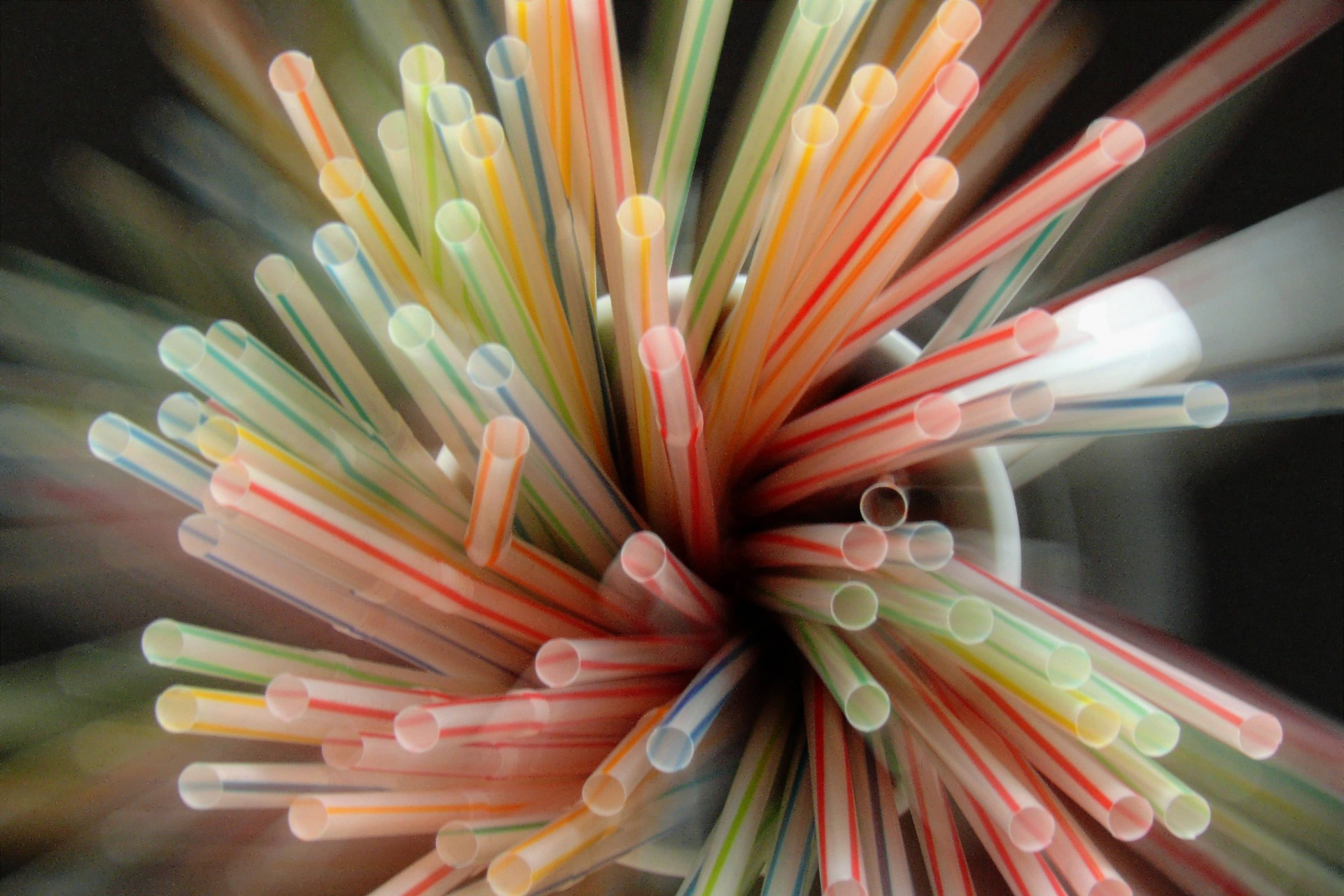
I also noted that sticking to our plan and eating at home creates a lot less waste. Pizza boxes , styrofoam, plastic silverware, straws, straw and silverware wrappers all are not recyclable and are a hallmark of a takeout friendly household. Try to be informed and note which restaurants have to-go foods that are in containers that are compostable, recyclable, or reusable. Eating in the restaurant is usually the best way to avoid waste; some restaurants will let you take things home in your own to go containers. One small thing you can do to make a big impact is refuse a straw, this single use item is responsible for thousands of pounds of plastic trash annually. Make sure you tell them you don't want a straw when you order your drink. Once they put it in the cup or on the table it becomes trash and must be thrown away.
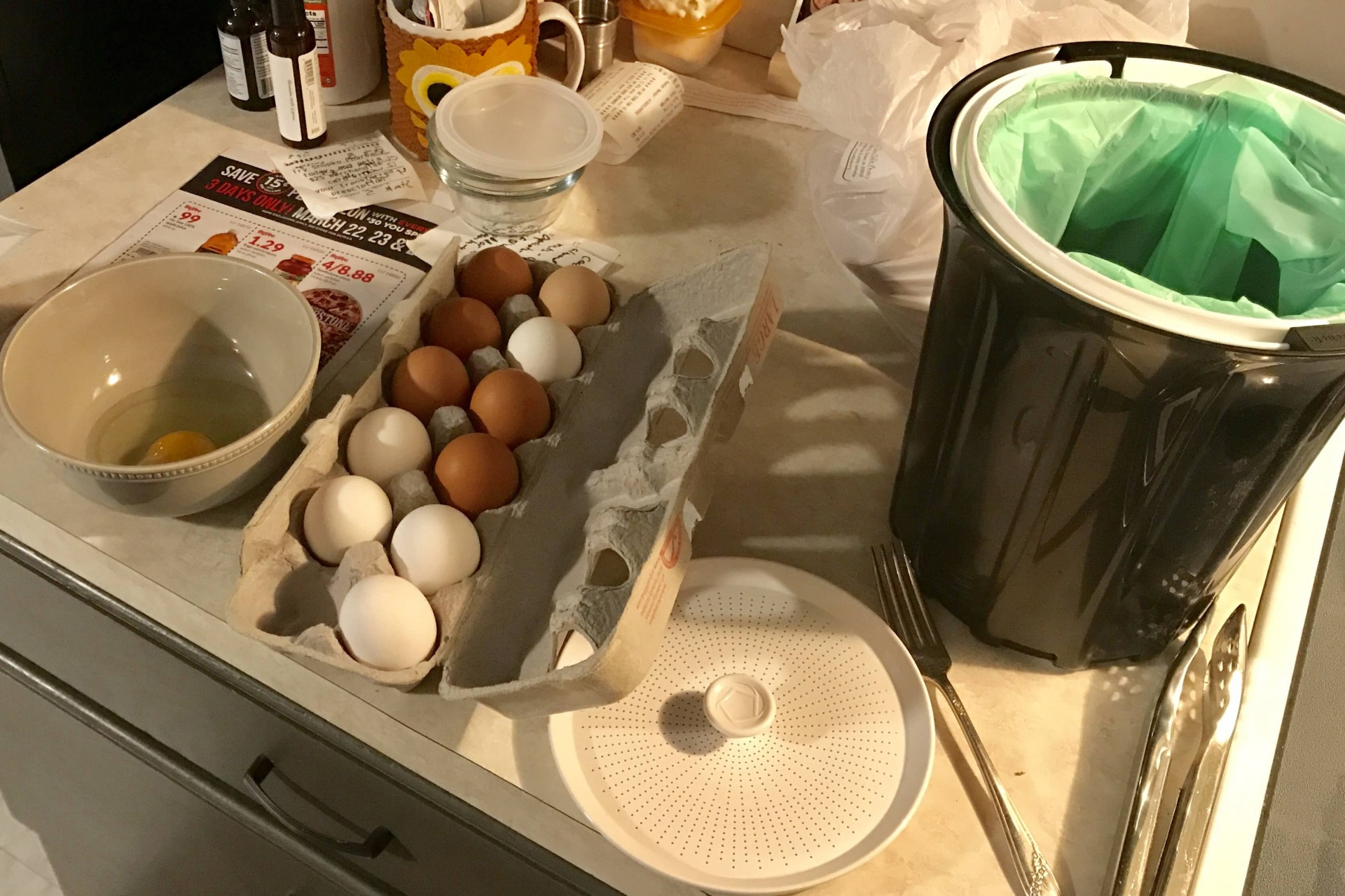
Another huge way to reduce food waste is to compost organic materials. This is a big enough endeavor but it's one we will be investigating it over the course of the year so watch for more news on that coming soon.
This is just the first step for my household! Other things I noted were not major contributors of waste but something I had not previously thought of; toothbrushes, dog food bags, cat food bags, and cat litter bags. As for now the dog food bags we reuse as garbage bags for the cat litter. It is so easy to look at all of this waste and think it will be impossible to make enough changes to make an impact. Remember, your initial goal is only to create less garbage then you have now, not to completely rid of garbage all together. Take it one step at a time, one day at a time, and one piece of trash at a time.
Watch our blog for more tips and tricks to help you move towards a zero waste household.